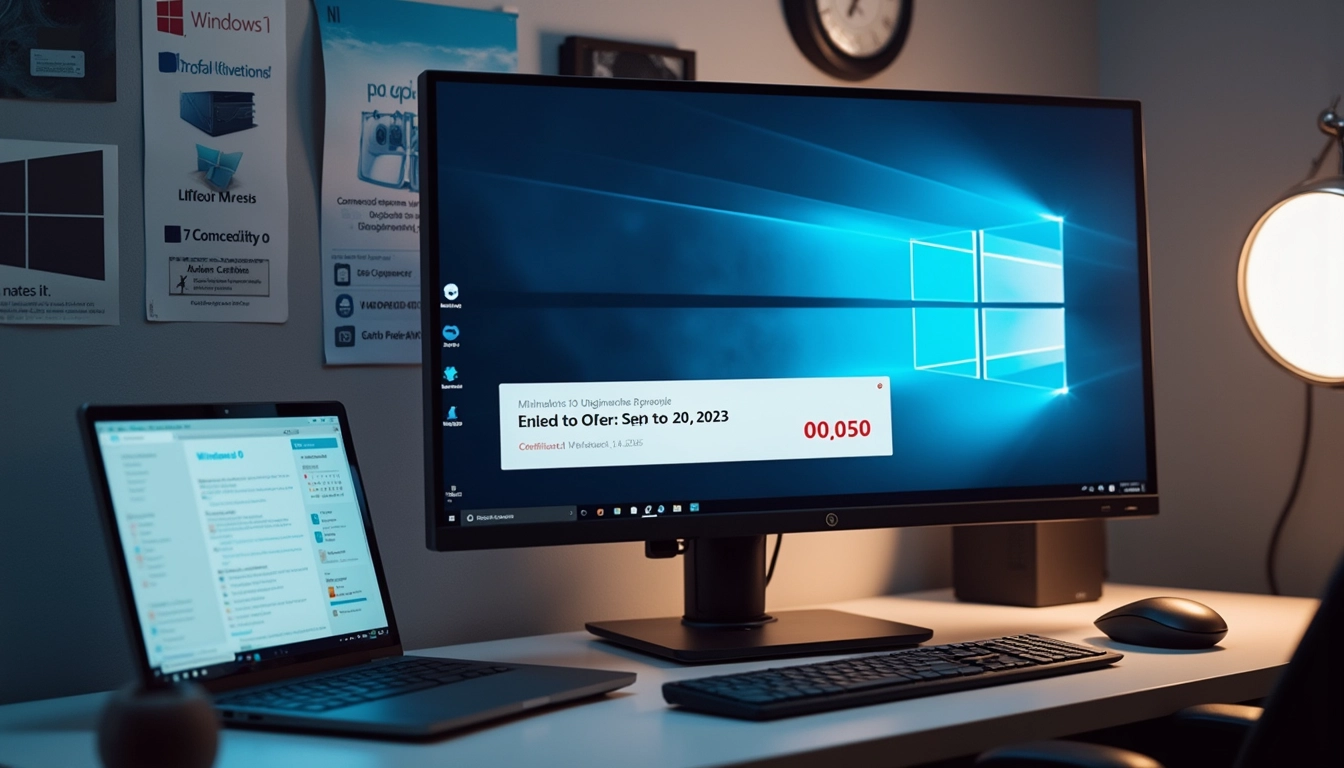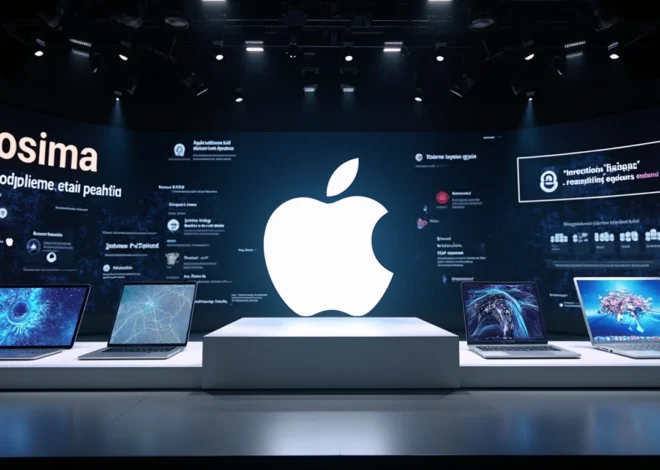
Windows 10 Free Upgrade Path Narrows as 2025 Support Deadline Approaches
The free upgrade path to Windows 10 from older Microsoft operating systems has become increasingly limited since its official end date in September 2023. While some users still report success using the Media Creation Tool to upgrade from Windows 7 or 8.1, this window of opportunity continues to shrink as Windows 10’s own end-of-life date in October 2025 approaches.
Table of Contents
Key Takeaways:
- The official free Windows 10 upgrade offer ended September 20, 2023
- Upgrades are limited to users with valid Windows 7 or 8.1 licenses on non-enterprise systems
- Windows 10 support will end on October 14, 2025
- Successful upgrades require genuine activation of previous Windows versions
- Domain-joined PCs need to be unjoined before upgrading
Understanding the Current Upgrade Situation
The landscape of Windows operating systems continues to evolve. While Microsoft officially ended the free upgrade offer, some users with valid Windows 7 or Windows 8.1 licenses still report successful upgrades through the Media Creation Tool. This creates an interesting situation where the upgrade path remains technically possible, though not officially supported. As noted in Microsoft’s recent security developments, maintaining an updated operating system is crucial for digital safety.
Eligibility and Limitations
Not all systems qualify for the potential free upgrade. Here are the key requirements:
- A genuine copy of Windows 7 or Windows 8.1
- Non-enterprise edition of Windows
- Standard consumer hardware (not ARM-based devices)
- Non-Windows RT systems

The Windows 10 End-of-Life Timeline
With October 14, 2025 marking the end of Windows 10 support, users need to consider their long-term strategy. After this date, security vulnerabilities could pose significant risks. Extended Security Updates will be available for a fee, but upgrading to Windows 11 might be more cost-effective for compatible hardware.
Hardware Considerations
The age of eligible systems presents practical challenges. Most PCs originally licensed for Windows 7 are now over 12 years old, while Windows 8.x devices are at least 9 years old. These systems may struggle with modern computing demands and might not meet Windows 11’s hardware requirements.
Automation and Future Updates
Managing system updates and upgrades can be streamlined through automation tools. Latenode offers powerful automation capabilities that can help maintain system updates and security patches efficiently. As we look toward future technological developments, automated system management becomes increasingly important.
Steps for Attempting the Upgrade
If you decide to attempt the upgrade, follow these essential steps:
- Verify your current Windows version is genuine and activated
- Create a complete backup of your data
- Download the Media Creation Tool from Microsoft’s website
- Disconnect from any domain network before beginning
- Run the upgrade tool and follow the prompts
Making the Final Decision
The choice to upgrade to Windows 10 now depends on your specific circumstances. Consider your hardware’s age, your security needs, and your long-term computing plans. With Windows 10’s end-of-life approaching, the digital license obtained through a free upgrade will only provide value for a limited time.


